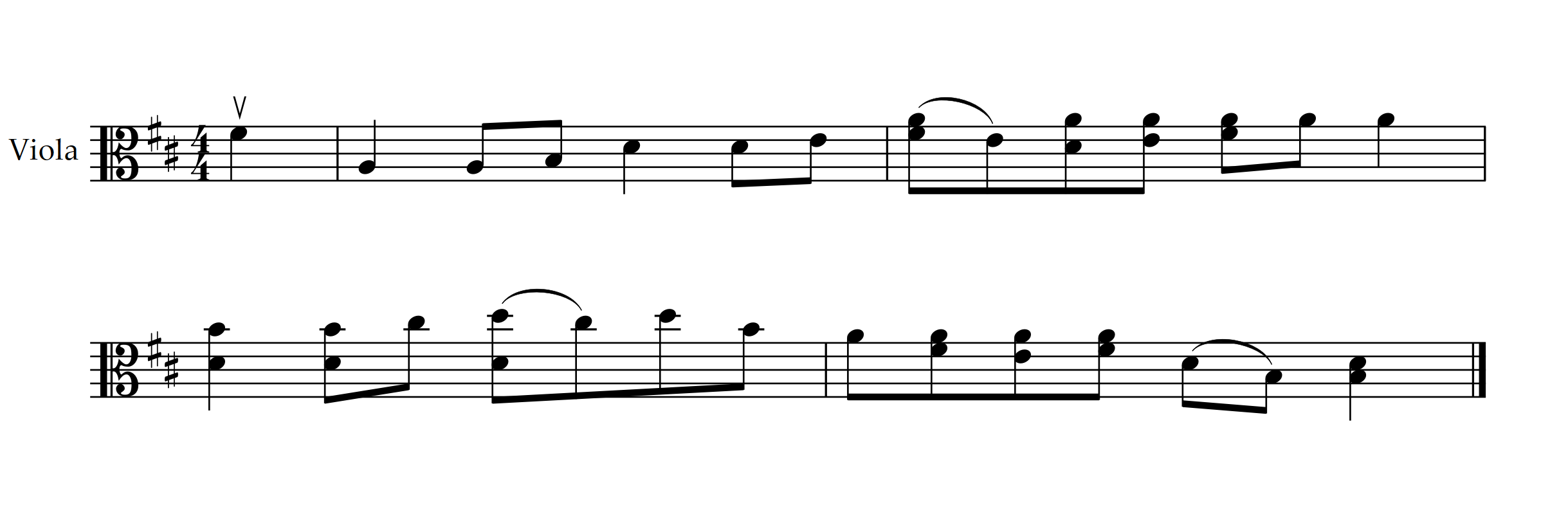P3 - B4
Quality of sound and articulation: Left hand
- Listen to the sound produced and adjust as appropriate, with help
- Play with a flexible, balanced and rounded left hand
- Increase speed, strength and flexibility of finger action, in preparation for double stopping
- Play using simple changes of position
- Play simple exercises as preparation for using vibrato
Provide learners with appropriate pieces/exercises to develop more finger dexterity:
- perpetuum mobile pieces
- trills beginning on the upper or lower note
- simple fingered double stops, e.g. bluegrass, Shetland or old-time music, where one might play an open string as a drone along side the melody

Always Welcome
Begin slowly, and gradually speed up.
Show learners how to develop a vibrato, beginning with simple exercises.
The introduction of vibrato is a matter of discretion but should probably be left until intonation is mainly secure.
Use drones and chords to develop the technique of double stopping, e.g. (on the violin):
- Play the first five notes of the G major scale, starting with the third finger on the D string. ‘Drag’ the open string below.
- Practise balancing the bow across both strings throughout.
- A good piece to practise this is Les Bouffons from Arbeau’s Orchesographie in G. Play the melody, dragging the string below, but whenever C natural is played on the A string add a first finger E on the D string (implying a C chord). For the last note add a second finger B to the G string.
Explore the progression of this Learning Objective
Continue exploring the current Programme of Study